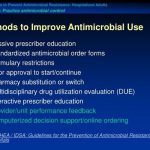
Bronchitis is a form of lung disease that interferes with the lungs’ ability to move enough air in and out. In chronic bronchitis, the airways have become permanently swollen, which narrows them and may cause coughing and heavy mucus. This swelling in the airways is usually a response to irritants, such as tobacco smoke. Chronic bronchitis can lead to repeated lung infections.






